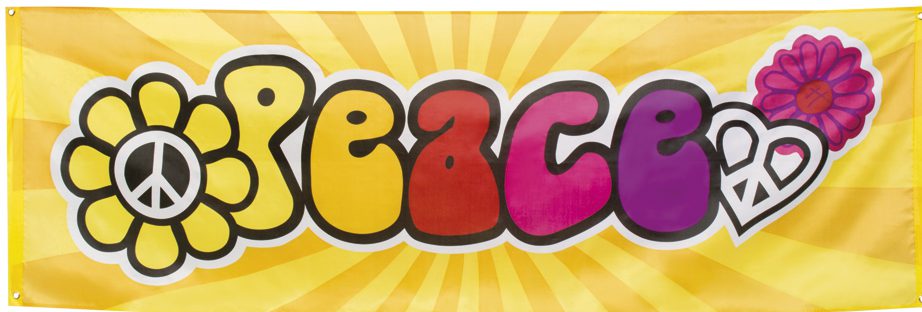
A mind boggling, bonkers piece of recent research proposes that ‘Brits’ were happier in the 1880’s. How does it know? Well because they read loads of books, no,not the happy fun loving Brits of the 1880’s, but the researchers . And not really them but computers,or rather we must assume that as the claim was made that the research was conducted by going through 8 million books and 65 million articles, from that period analysing the words used that may construe a state of ‘happiness’ (14,000 to be precise). I know computers are super fast and they can work how many calories martians need to survive, without knowing what they look like. But I am not convinced they can interpet that amount of data without quantifying the quality and origins of the written pieces.
You have to question the methodology. Infant mortality was around 15%, extreme poverty was still pretty rife, women did not have the vote, yes from the 1880’s improvements were starting to filter through to everyday life but it was hardly a bunch of roses for the average family. Whilst literacy was around the 70% mark,its hard to imagine the Smith family sitting down on a Sunday afternoon (oh yes no telly then, don’t you know …no not even X Box’s) pouring over a pile of books or the Sunday papers.
More to the point who funds this type of research and why ? More recently I read some research coming out of the Economic Research Unit (Unit not the famous Group as in ERG. I believe that Economic and Research has little to do with the ERG), where one of the economists suggested that if UK retailers embraced Halloween in the same way as the US then UK Retail would be a lot more buoyant. If I remember correctly they said something like ….if more retailers stocked Halloween, novelties, cards ( what Halloween cards? flipping ‘eck-my words), decorations and dress up stuff…. What are these people smoking when they write this stuff.
Only this week more amazing research has come out showing that an interview is decided within the first seven words the interviewee has spoken. The study was carried out with the interviewers not knowing the background or seeing the cv of the person they were interviewing . So the candidate who drops their ‘h’s ‘, talks with a west indian patois, interlaced with a heavy geordie accent, with a background of having spent ten years in medical research, developed a cure for brain cancer, climbed everest, given numerous presentations to the UN and has written 23 best selling novels under a pen name(so they dont recognise his name) in his spare time , has little chance of getting the job ‘cos they don’t know anything about them and can’t understand a word they are saying.
I know the media only publishes this stuff as fillers,but ultimately they get funded by someone, and someone else (plus the first someone) will make use of the results. Its a bit like the Coffee is good from you one week , bad for you another, no alcohol is better for you then the following week and half bottle of whsky a day will stop you going bald. you pick the one that suits you best and take the consequences.
Worse still it feeds into the fake news narrative. Not that this type of research is fake news per se. But taken in isolation and out of context , it most certainly is. Why is society littered with ‘fad diets’ ? Because a bit of research has just shown that by eating the grass in the park twice a week will help you loose ten kilos, make you faster, fitter, more intelligent and more attractive to the local farmers cattle. No, of course , it hasn’t really, just trying to illustrate the idiocy of some the apparent data that the media is so keen to dispense.
So it’s nearly one hundred and forty years since we, in the U.K., were happy. Not so, says research published in The Times, only last week. Apparently, despite all the political and social discord, we are , mostly, all pretty happy now ?? See chart below if you doubt me(perish the thought now!) and this was additional research published in , no less than, the Financial Times , in May .


